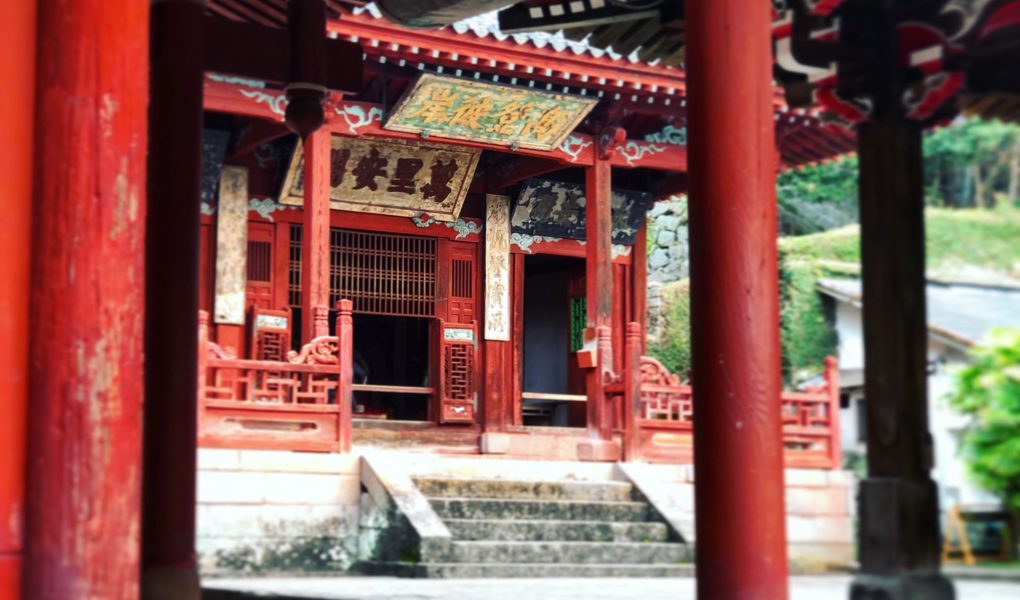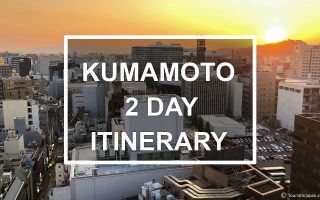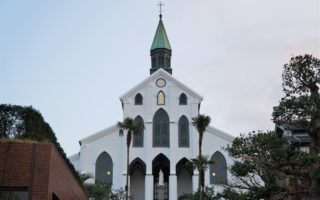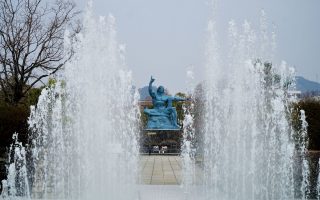Sofuku-ji is an Ōbaku zen temple located in Nagasaki City in Nagasaki Prefecture. The temple was constructed in 1629 to serve Chinese people living in Nagasaki. It later became Japanese, so the architecture is an interesting mix of Chinese and Japanese styles. The complex has numerous important cultural assets, among them two national treasures; the Daiohoden (Buddha Hall) and Daippo-mon (Gate).
Hotels Nagasaki Guided Tour JR Pass (All Kyushu)
Already before entering the temple, when you stand in front of the temples large, red main gate (Ryugumon), it is pretty obvious that Sofuku-ji is not your typical Japanese temple. The gate, which was first built in 1673, is distinctly different from typical Japanese temple architecture with it’s massive foundation and (for Japan) unusual curves. The Ryugumon gate seen today dates from 1849.
The former main gate, Daiippōmon, which is now the inner gate, is designated a national treasure of Japan together with the Daiohoden (main hall) which is located on the other side of the gate. The gate was designed and processed in Ningbo, China and shipped by boat to Nagasaki. The Daiippōmon gate, which dates to 1644, is a unique example of southern Chinese architecture of the time.
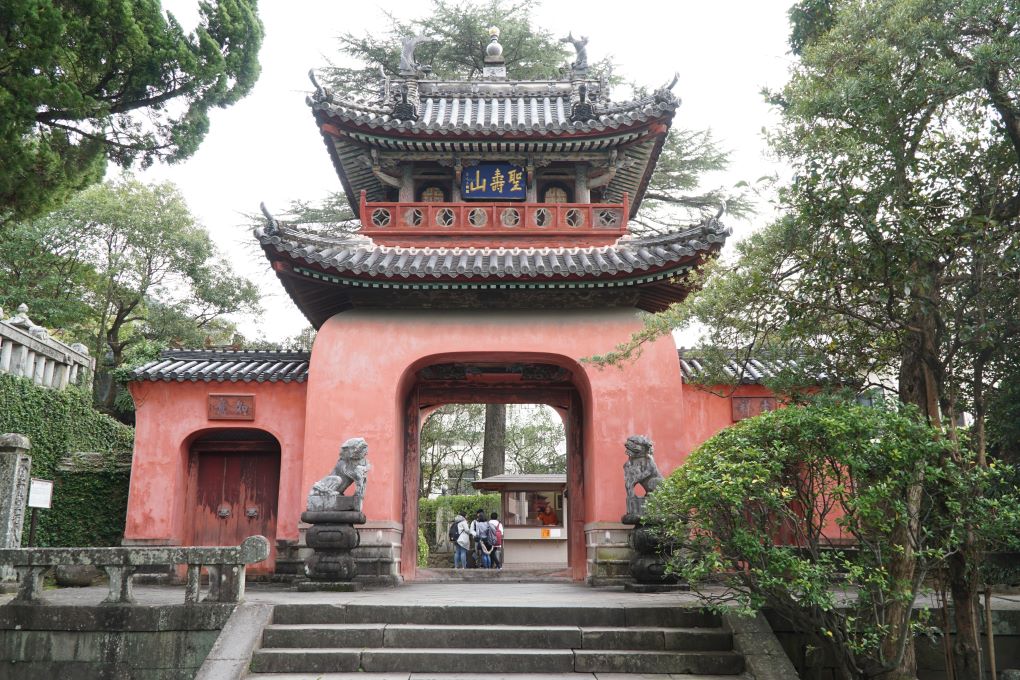
Ryugumon 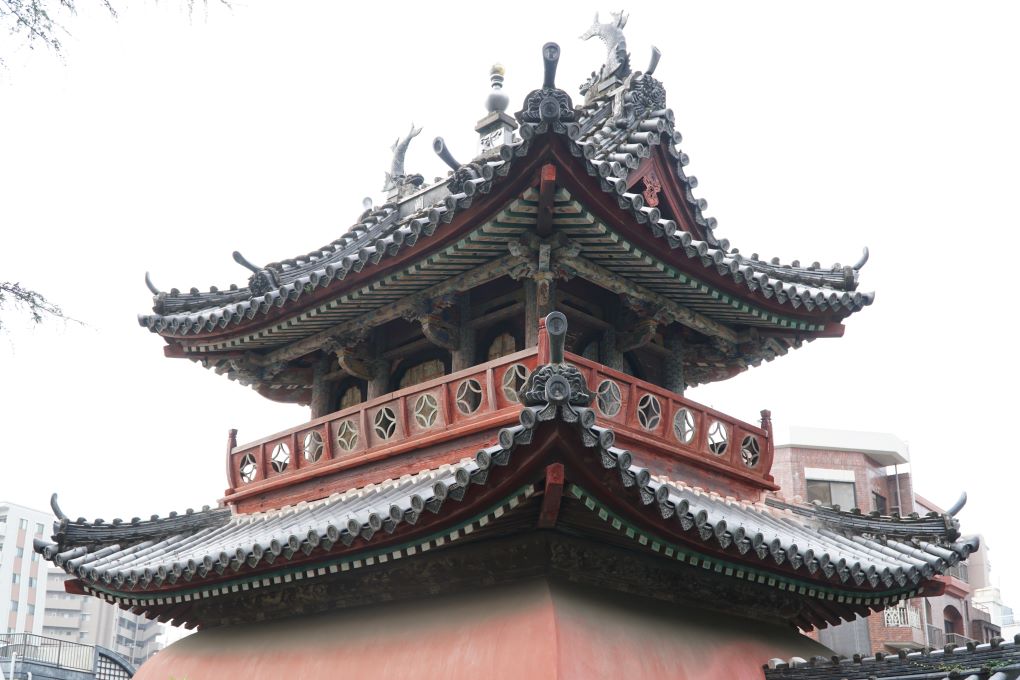
Ryugumon
All photos above © touristinjapan.com
Daiohoden (Main Hall or Buddha Hall) was erected in 1646. Like the Daiippōmon gate, it was produced in China, and shipped to Nagasaki for final construction. It was originally a single-story building, but around 35 years after it’s construction it was expanded with a second level, giving it the appearance seen today. While the first level is very Chinese in it’s architectural layout, the second level features a lot of Japanese details, suggesting that Japanese were involved in constructing and designing this addition to the building.
The complex also contains the Gohodo Hall and the Mazu Hall. The Mazu hall is dedicated to the goddess of the sea, Mazu. Mazu was worshiped by Chinese sailors before venturing out on the seas. As Nagasaki was an important port for the trade between Japan and China, the presence of a hall dedicated to Mazu is not surprising.
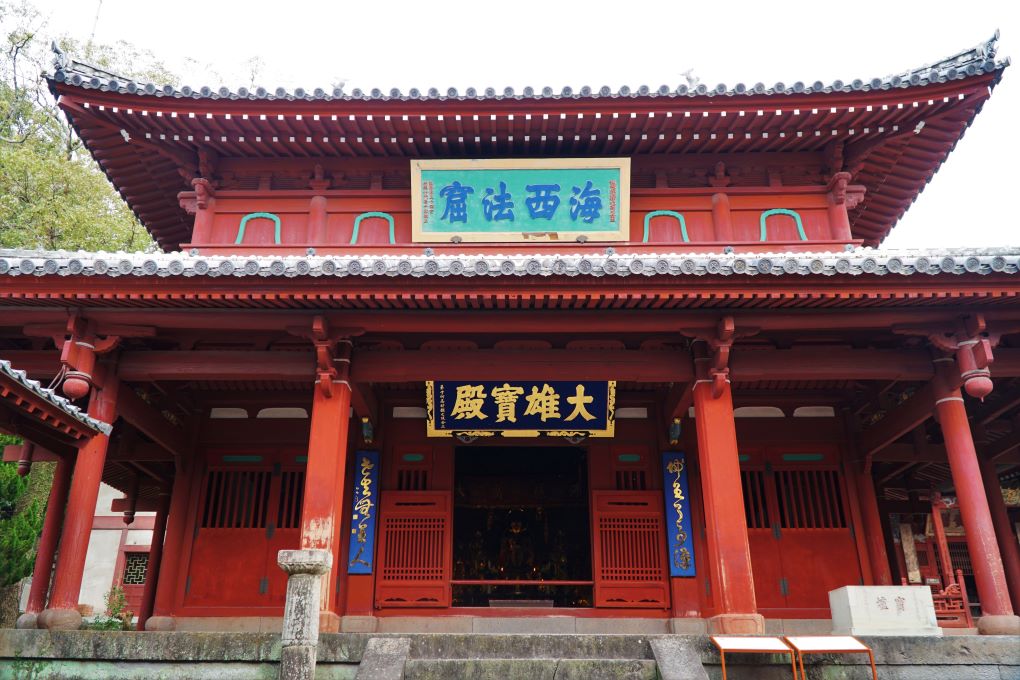
Daiohoden 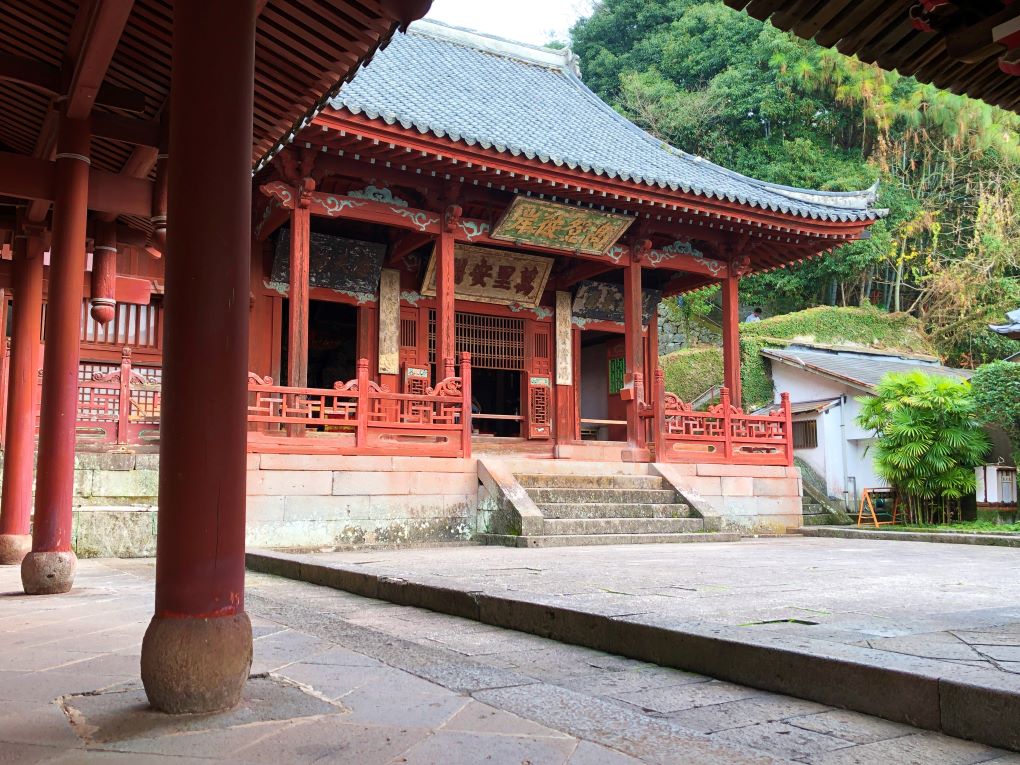
Mazu Hall
All photos above © touristinjapan.com
History of Sofuku-ji Temple
Sofuku-ji was first constructed in 1629, for the benefit and use of the Chinese population in Nagasaki. The Chinese community in Nagasaki was fairly large at the time due to the city being a major trading port.
In the late 1500’s and early 1600’s a large part of Nagasaki’s population was Catholic. While Japan isn’t traditionally a christian country, Kyushu had a large influence from Portuguese missionaries, who managed to convert large parts of the Japanese community to Christianity. With the huge presence of Christianity in Nagasaki, the Chinese felt a need to have some temples of their own, and so were given the permission to construct a few. Another important (former) Chinese temple in Nagasaki is the nearby Kofuku-ji Temple which even predates Sofuku-ji.
Planning your visit
| Hours | 8:00 – 17:00 |
| Entrance fee | Adults: ¥300. Children: ¥200 |
| Accommodation | Casa Blanca Guesthouse ☆ Hotel Forza ☆☆☆ Candeo Nagasaki Chinatown ☆☆☆☆ Setre Glover’s House ☆☆☆☆ Find more nearby hotels… |
Getting there
By tram: take tram no.1 or no. 4 to the stop called “Sofukuji Temple” (final stop of the line). From there it is a 2 minute walk to the temple.

